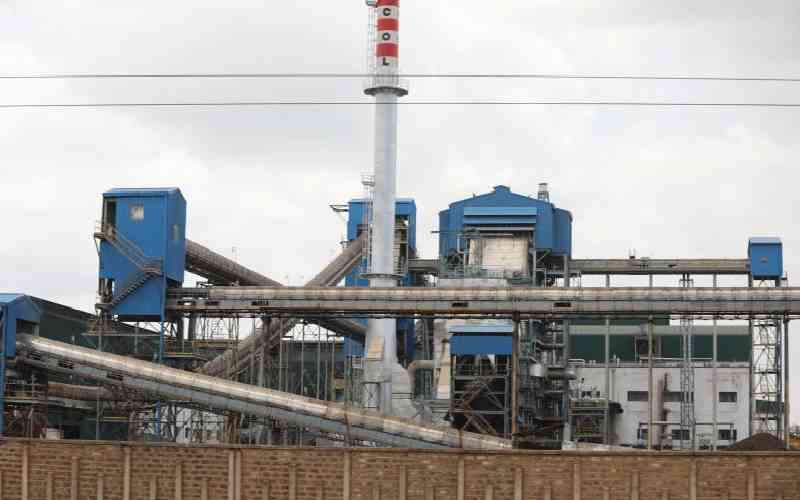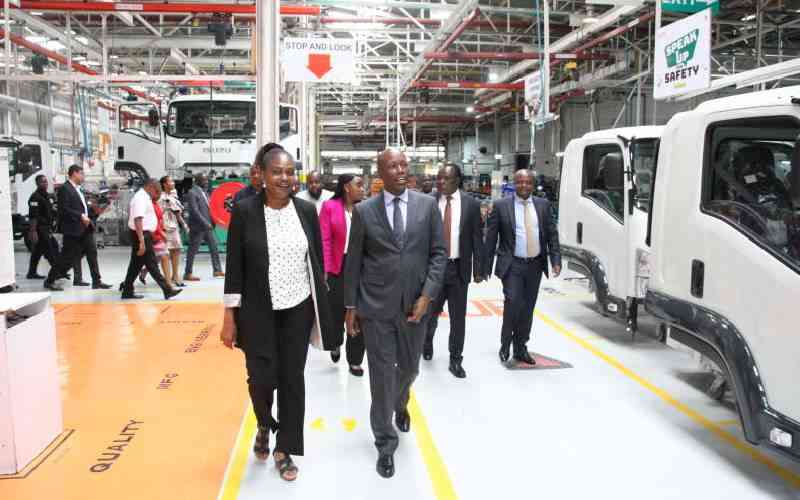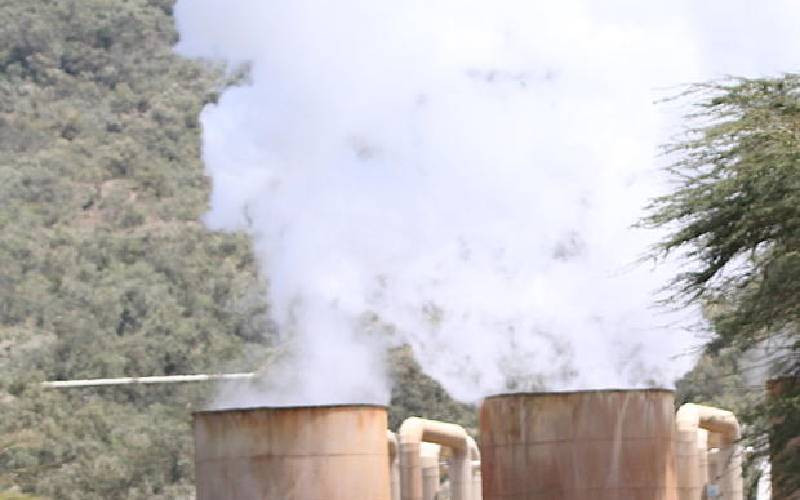×
The Standard e-Paper
Kenya's Bold Newspaper
By Standard Reporter
Organisations churn out tonnes of records every day, with piles of files to keep track of every bit of information. For most of them, records management, including dissemination is a manual process. This is not only cumbersome, but also prone to errors.







